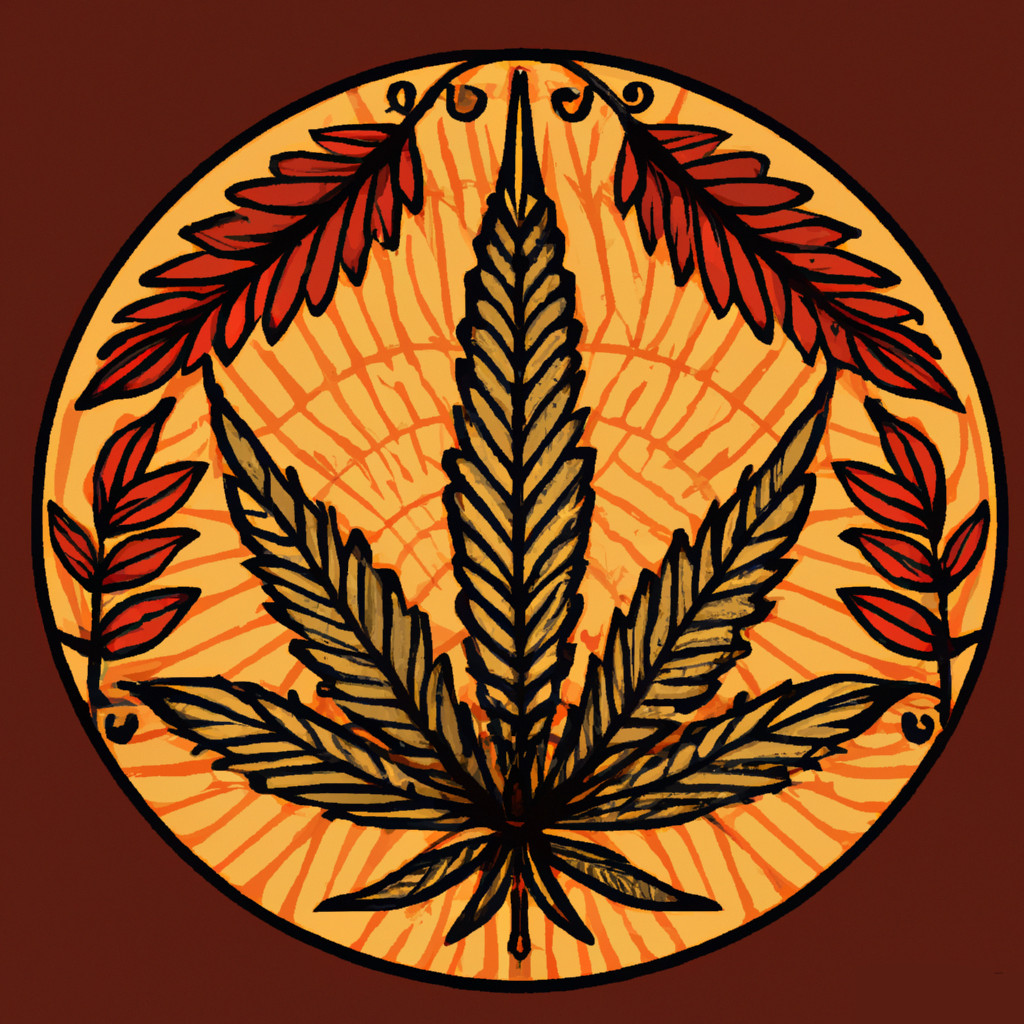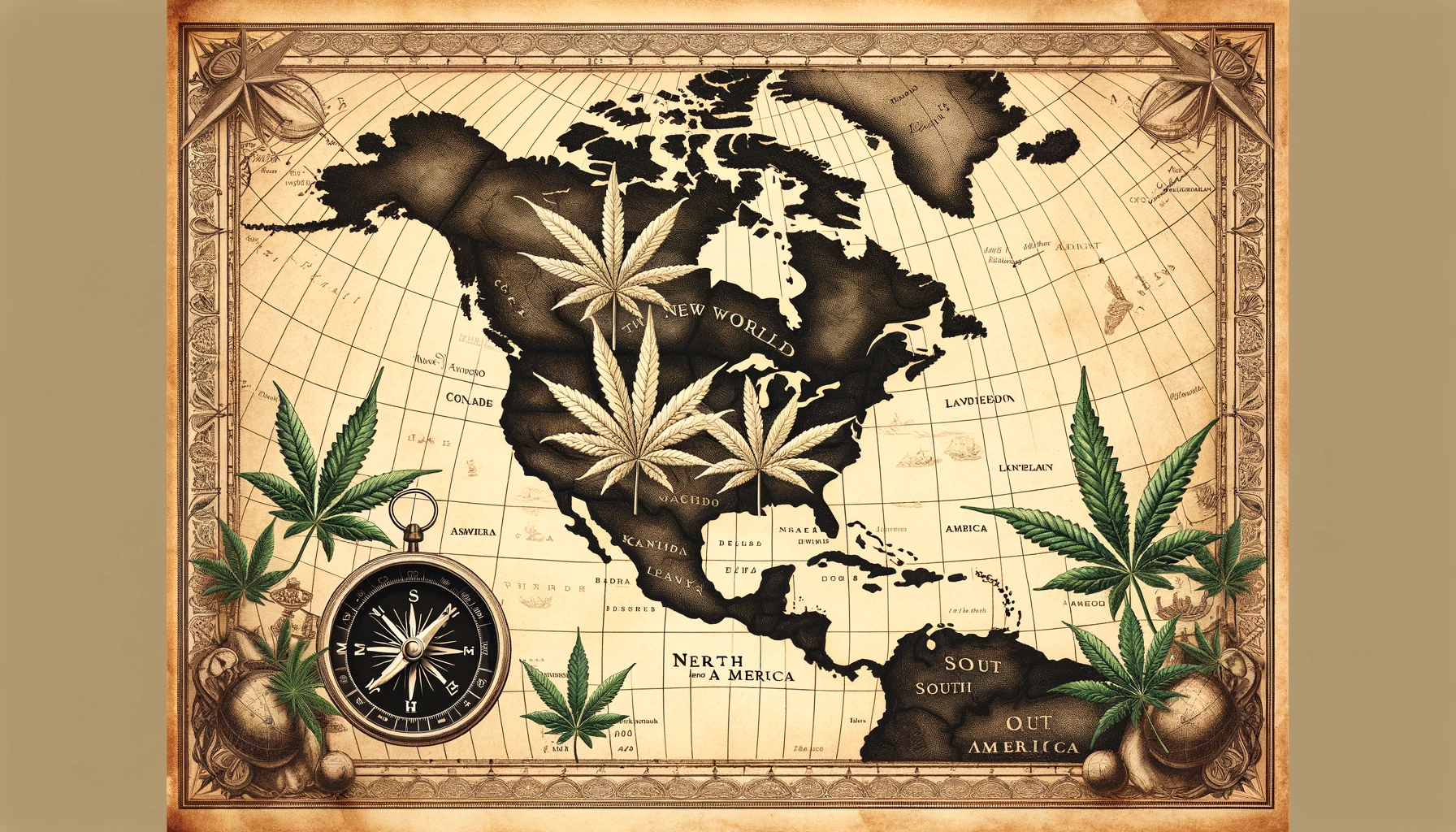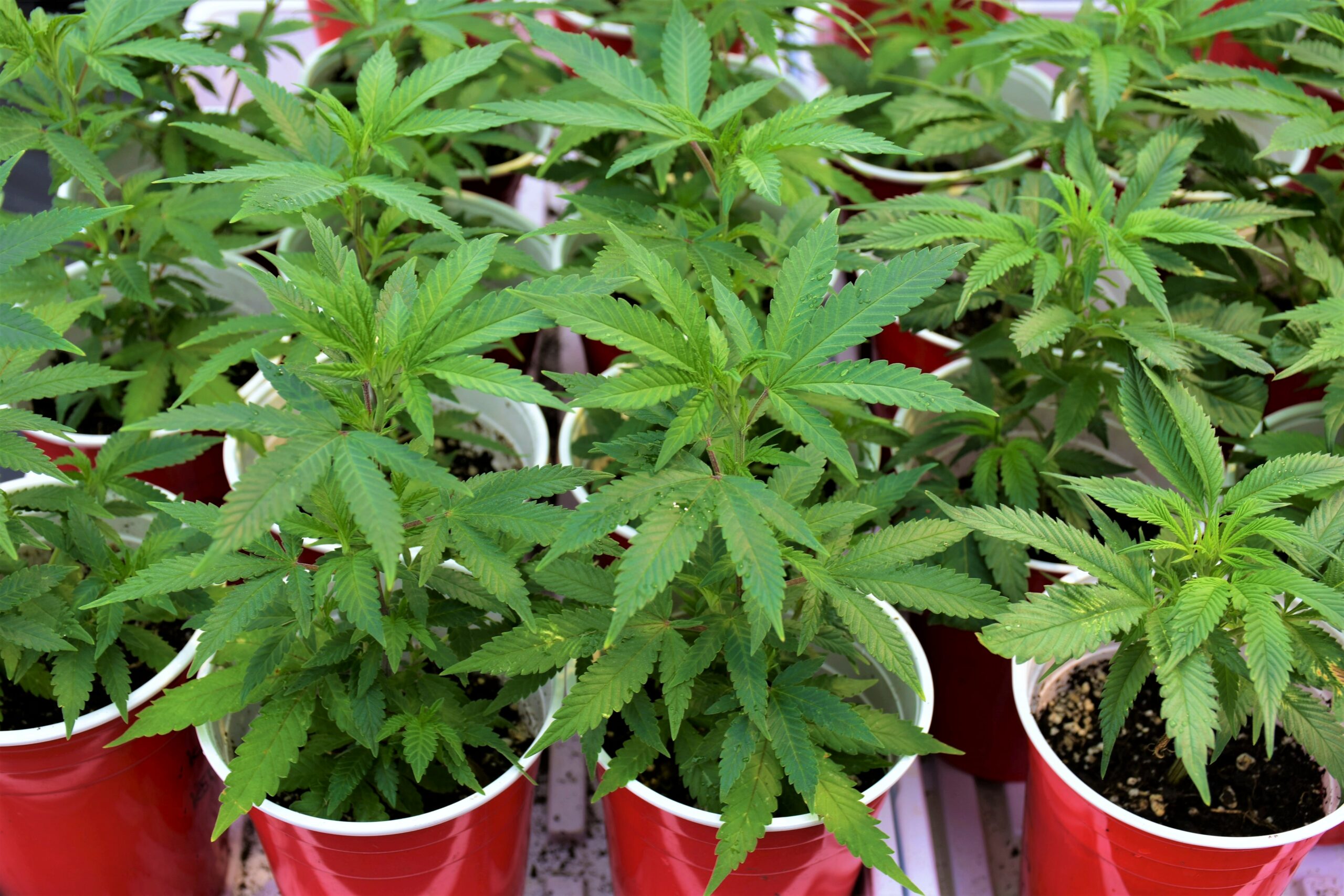
Cannabis, a versatile plant known for its various uses, has a long history of indigenous use across different cultures around the world. From traditional ceremonies to medicinal applications, cannabis has played an important role in indigenous communities for centuries. In this article, we will explore the historical and modern uses of cannabis by indigenous peoples, with a particular focus on Canada and its indigenous communities.
Historical Use of Cannabis by Indigenous Peoples
The use of cannabis by indigenous peoples dates back thousands of years. Many indigenous cultures have incorporated cannabis into their traditional practices, including medicinal, spiritual, and recreational uses. In North America, indigenous peoples have a long history of using cannabis for both medicinal and ceremonial purposes.
For example, in Canada, several indigenous tribes have used cannabis in their traditional practices. The Cree, a First Nations people in northern Quebec and Labrador, historically used cannabis for medicinal purposes. They would make teas from the leaves and flowers of the cannabis plant to treat various ailments, including pain, inflammation, and respiratory conditions.
Similarly, the Ojibwa people, also known as the Anishinaabe, who inhabit the Great Lakes region in Canada and the United States, have a long history of using cannabis for medicinal purposes. They would use cannabis leaves and flowers to make teas or poultices to treat conditions such as coughs, colds, and arthritis.
In addition to medicinal use, cannabis has also been used by indigenous peoples in Canada and other countries for spiritual and ceremonial purposes. For example, the Haudenosaunee, also known as the Iroquois, used cannabis in their ceremonies to communicate with the spirit world and gain insights from the divine. Similarly, the Cree people used cannabis in their ceremonial practices, believing it had the power to protect against evil spirits and bring good fortune.
Modern Use of Cannabis by Indigenous Peoples
In modern times, indigenous peoples continue to use cannabis for various purposes, although its use has faced challenges due to colonization and the imposition of external laws and regulations. Nevertheless, many indigenous communities in Canada and other countries have been working to reclaim their traditional knowledge and use of cannabis.
One of the key areas where indigenous peoples are reclaiming the use of cannabis is in medicinal applications. Many indigenous communities in Canada have been using cannabis to treat a wide range of health conditions, including chronic pain, cancer, epilepsy, and mental health issues. Cannabis has been used as an alternative to conventional pharmaceuticals, which may have negative side effects or be culturally inappropriate for indigenous peoples.
For example, the Mohawk community in Tyendinaga, located in eastern Ontario, Canada, has been cultivating cannabis and producing medicinal products for their community members. They have established their own dispensaries, which provide cannabis-based products to their members for medicinal use, including oils, tinctures, and topicals.
Indigenous peoples in Canada have also been using cannabis for economic development and sustainability. Some indigenous communities have established cannabis cultivation and production operations as a way to create jobs, generate revenue, and promote economic self-sufficiency. These initiatives provide opportunities for indigenous peoples to benefit from the cannabis industry and create economic development that is culturally and environmentally sustainable.
In addition to medicinal and economic uses, indigenous peoples in Canada have also been using cannabis for cultural and ceremonial purposes. Many indigenous communities view cannabis as a sacred plant that has a deep connection to their traditional practices and spiritual beliefs. Cannabis has been used in traditional ceremonies, such as sweat lodges and pipe ceremonies, to facilitate healing, communication with ancestors or spirits, and spiritual connection.
Challenges and Opportunities for Indigenous Cannabis Use
Despite the growing recognition of indigenous cannabis use, there are still challenges that indigenous communities face in accessing and utilizing cannabis. One of the main challenges is the imposition of external laws and regulations that may not align with indigenous customs and practices. For example, the
imposition of federal cannabis laws in Canada and other countries may restrict or regulate the production, distribution, and use of cannabis, which can impact indigenous communities’ ability to fully engage in their traditional practices.
Another challenge is the lack of recognition and protection of indigenous intellectual property rights and traditional knowledge related to cannabis. Indigenous communities have a long history of using cannabis and have developed their knowledge and practices around its cultivation, preparation, and use. However, there is a risk of exploitation and misappropriation of indigenous knowledge without proper recognition and protection.
Furthermore, there are disparities in access to resources and opportunities for indigenous communities compared to non-indigenous populations. Indigenous communities may face challenges in obtaining the necessary resources and infrastructure for cannabis cultivation and production, such as land, capital, and technical expertise. This can create barriers to fully participating in the cannabis industry and benefiting from the economic opportunities it presents.
Despite these challenges, there are also opportunities for indigenous communities to reclaim their traditional knowledge and use of cannabis. Many indigenous communities are actively working to assert their sovereignty and self-determination in relation to cannabis use. They are advocating for the recognition of their rights, including their rights to use, cultivate, and distribute cannabis in accordance with their traditional practices.
In Canada, there have been efforts to incorporate indigenous perspectives and practices into the legal framework for cannabis. For example, some provinces and territories have included provisions for indigenous involvement in the cannabis industry, such as preferential licensing or revenue-sharing arrangements. These efforts aim to promote the inclusion and participation of indigenous peoples in the cannabis industry and respect their rights and customs.
There are also initiatives to protect and promote indigenous intellectual property rights and traditional knowledge related to cannabis. For example, some indigenous communities are working to establish protocols and agreements for the use of their traditional knowledge in the cannabis industry. These efforts aim to ensure that indigenous knowledge is recognized, respected, and protected from exploitation.
Furthermore, there are collaborations and partnerships between indigenous and non-indigenous entities to promote sustainable and culturally appropriate cannabis practices. These partnerships involve sharing knowledge, resources, and opportunities for mutual benefit. Such collaborations can foster positive relationships, promote cultural exchange, and create opportunities for indigenous communities to share their traditional practices and knowledge related to cannabis.
Conclusion
The historical and modern uses of cannabis by indigenous peoples in Canada and other countries highlight the significance of cannabis in indigenous cultures and the challenges and opportunities that indigenous communities face in relation to its use. Cannabis has been used for medicinal, spiritual, ceremonial, and economic purposes in indigenous communities for centuries. However, the imposition of external laws and regulations, lack of recognition of indigenous rights and knowledge, and disparities in access to resources and opportunities can pose challenges to indigenous cannabis use.
Nevertheless, there are opportunities for indigenous communities to assert their rights, protect their knowledge, and participate in the cannabis industry in a sustainable and culturally appropriate manner. Collaborations, partnerships, and advocacy efforts are underway to promote the inclusion and participation of indigenous peoples in the cannabis industry, and to recognize and protect their traditional practices and knowledge related to cannabis.
It is crucial to respect and recognize the rights, customs, and practices of indigenous peoples in relation to cannabis and ensure that their voices are heard and their rights are protected. By acknowledging and honoring the historical and ongoing use of cannabis by indigenous peoples, we can promote cultural diversity, sustainability, and social justice in the cannabis industry.





